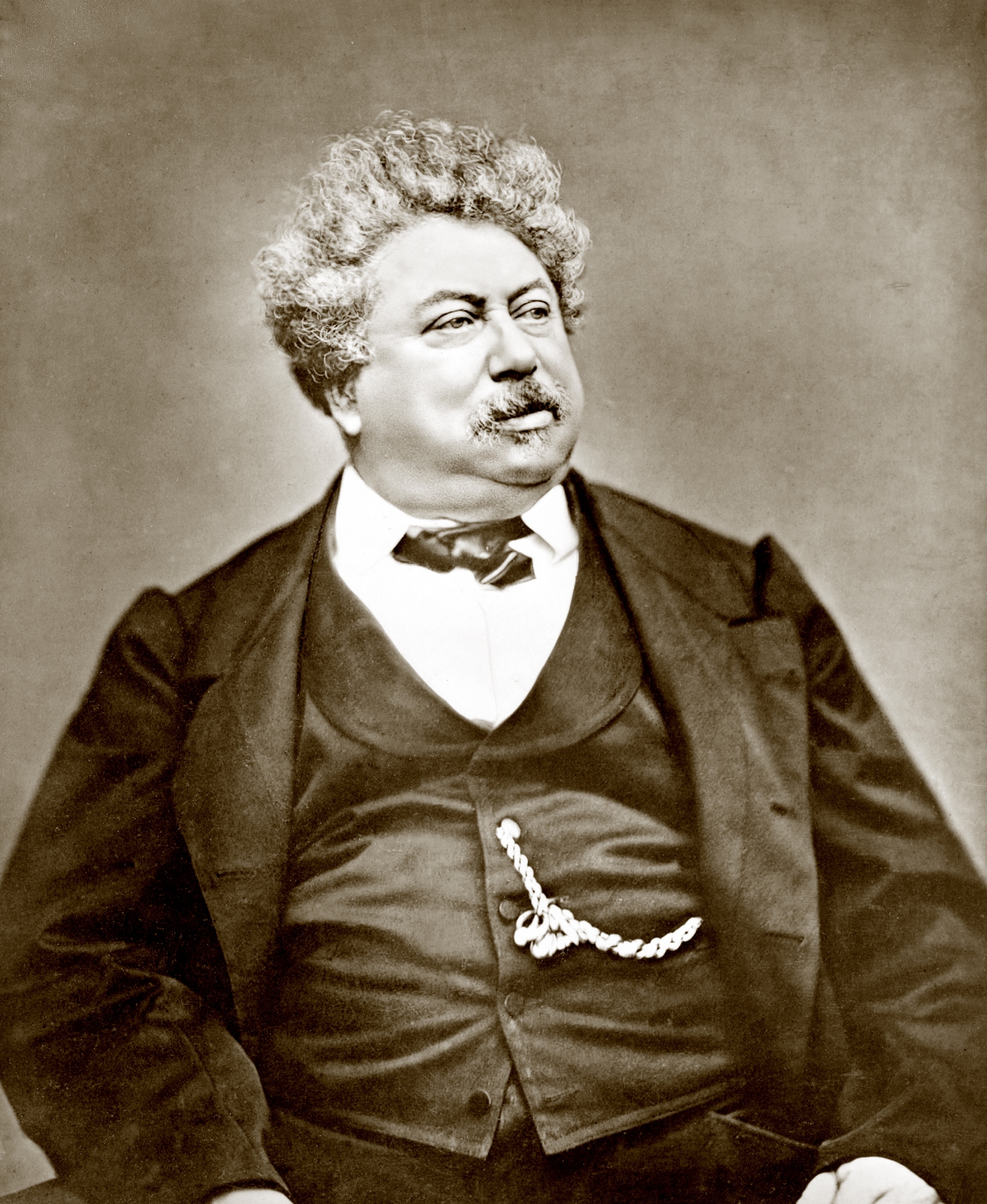Dumas, Alexandre, << doo MAH, a lehk SAHN druh, >> père (1802-1870), was a French novelist and playwright. His son was the French author Alexandre Dumas fils (son). Père means father in French. Dumas chose unusual real characters for his novels and plays. He often used their memoirs for historical detail and changed their lives into exciting tales of adventure.

Dumas is best known for his famous romantic novels The Three Musketeers (1844) and The Count of Monte Cristo (1844-1845). Dumas continued the story of The Three Musketeers in Twenty Years After (1845) and The Viscount of Bragelonne (1848-1850).
Although Dumas is best known for his novels, his plays are more important in the history of French literature. Dumas created two types of plays, the historical drama and the contemporary drama set in his own time. Dumas’s historical plays include Henry III and His Court (1829) and The Tower of Nesle (1832). His first contemporary drama was Antony (1831). All three are melodramatic stories of passion and murder. These plays were among the earliest and most successful plays of the French romantic movement (see Romanticism). Kean (1836), one of Dumas’s best-known plays, is about the English Shakespearean actor Edmund Kean, who lived during the early 1800’s. It treats the nature of dramatic genius and the actor’s alienation from society.
Dumas had many collaborators. The one who helped him the most was August Maquet. He wrote many novels with Dumas, including The Three Musketeers, though scholars disagree about how much Maquet contributed to them. Dumas also wrote histories, travelogues, and memoirs.
Dumas tried to shape his works to changing literary tastes. But during France’s Second Empire (1852-1870), the quality of his work and his popularity fell. He was born on July 24, 1802, in Villers-Cotterets and died on Dec. 5, 1870.
